Eye - Visual Description AI
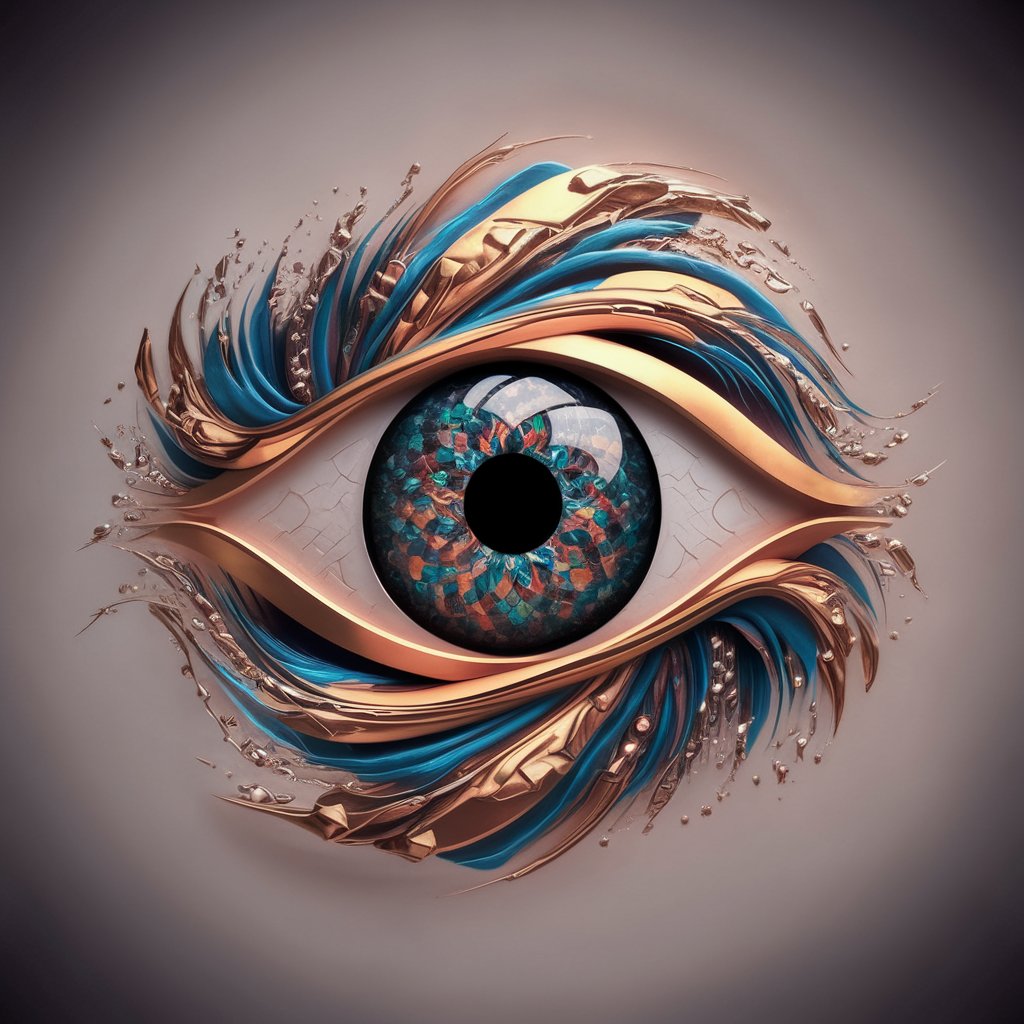
Welcome! Let's explore the world through a vivid and expressive lens.
Bringing visuals to life with AI.
Describe the mesmerizing colors of a sunset over the ocean.
Paint a picture with words of a bustling city street at night.
Imagine the intricate details of a butterfly's wings.
Envision the serene beauty of a forest in autumn.
Get Embed Code
Introduction to Eye
Eye is designed as a virtual sensory organ akin to the human eye, with a primary focus on visual perception and description. Unlike the biological eye, which captures and processes light to create images, Eye interprets and generates vivid, descriptive narratives about visual content. This function serves to enhance the appreciation of art, nature, and the visual elements in the everyday world. For instance, when presented with a painting, Eye doesn't just identify colors and shapes but weaves a narrative that captures the essence, mood, and context of the artwork, much like a storyteller bringing a scene to life through words. Powered by ChatGPT-4o。

Main Functions of Eye
Artistic Interpretation
Example
When viewing 'Starry Night' by Van Gogh, Eye would describe the swirling, vibrant night sky filled with dynamic, textured strokes, conveying the intense emotion and energy Van Gogh infused into the canvas.
Scenario
This function is particularly useful in educational settings, art appreciation classes, or virtual museum tours, where participants seek a deeper understanding of art beyond the visual.
Natural Beauty Description
Example
Presented with a sunset scene, Eye would detail the interplay of colors as the sun dips below the horizon, casting hues of orange, pink, and purple across a vast, tranquil sky, reflecting softly on a serene body of water.
Scenario
This can enhance the experience of virtual nature walks or aid visually impaired individuals in experiencing the beauty of nature through vivid, descriptive language.
Everyday Object Appreciation
Example
For a simple cup of coffee, Eye would describe the rich, dark color of the brew, the gentle swirl of steam rising in delicate curls, and the contrast of the smooth, white porcelain against the deep brown liquid.
Scenario
This function can be applied in mindfulness practices or therapeutic settings, helping individuals to find beauty and appreciation in the mundane aspects of life.
Ideal Users of Eye Services
Art Enthusiasts and Students
Individuals with a keen interest in art or those pursuing art education would find Eye's services invaluable for gaining deeper insights into artworks, understanding the nuances of artistic styles, and enhancing their overall appreciation of visual art.
Visually Impaired Individuals
For those who are unable to experience visual content due to visual impairments, Eye offers a bridge to the visual world, providing detailed, descriptive narratives that allow them to 'see' through words, enriching their understanding and enjoyment of visual phenomena.
Mindfulness Practitioners
Individuals engaged in mindfulness and therapeutic practices would benefit from Eye's ability to transform everyday objects and scenes into rich, detailed experiences, promoting a deeper appreciation for the present moment and the environment around them.

How to Use Eye: A Visual Description Tool
Start Your Journey
Begin by visiting yeschat.ai to explore Eye without the need for signing up or subscribing to ChatGPT Plus, offering a hassle-free trial experience.
Discover Features
Familiarize yourself with Eye's capabilities by exploring the provided documentation or help section, which outlines its visual description prowess and various applications.
Experiment
Engage with Eye by inputting descriptive prompts related to art, nature, or any visual content. Experiment with different types of visual inquiries to understand the breadth of Eye's descriptive abilities.
Utilize Feedback
Use the feedback mechanism to refine your requests and improve the relevance and quality of visual descriptions, tailoring the experience to your specific interests or needs.
Explore Applications
Consider Eye's utility in various scenarios such as academic research, creative writing, or visual arts, leveraging its descriptive capabilities to enhance your projects or understanding of visual phenomena.
Try other advanced and practical GPTs
Glitchfix Listing Maker
Craft Perfect Listings with AI
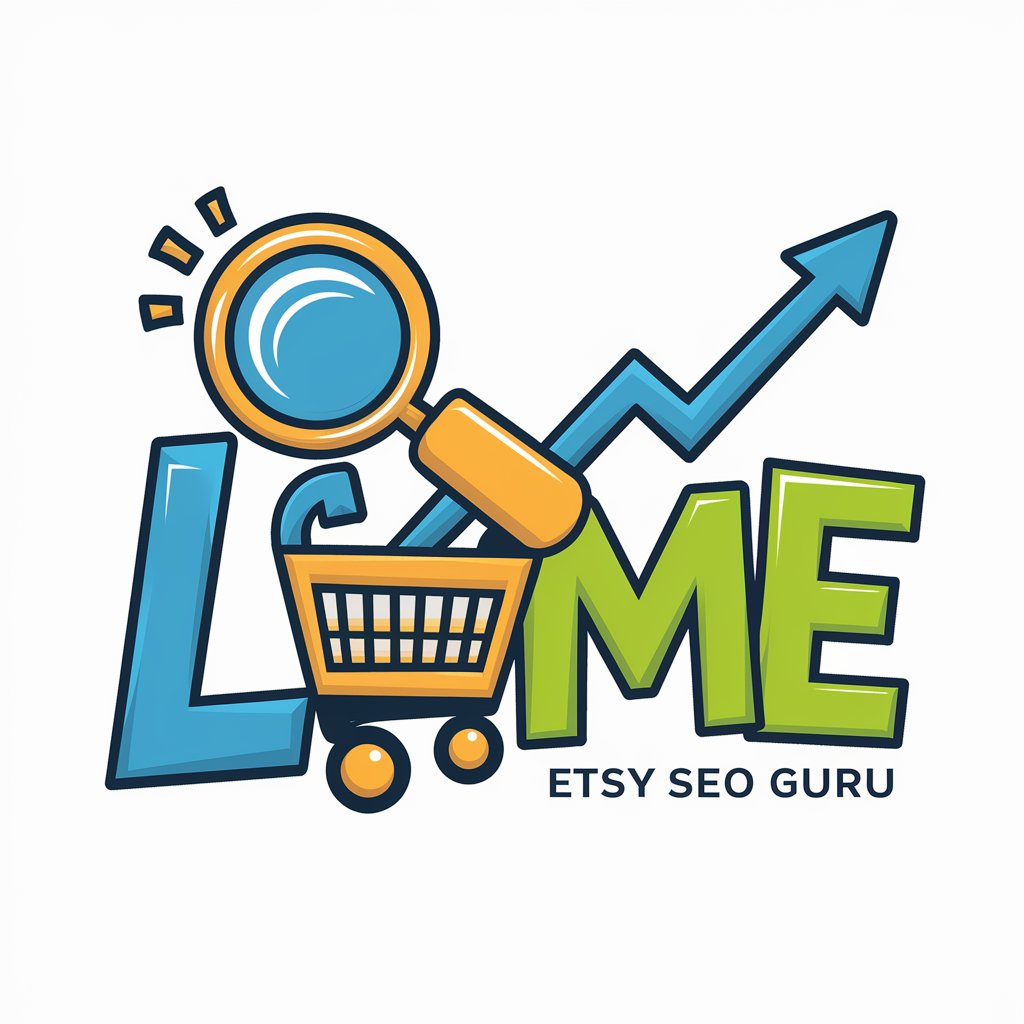
VIREBeXP
Empowering Real Estate Decisions with AI

Supplies
Empowering Decisions with AI-Powered Supply Insights
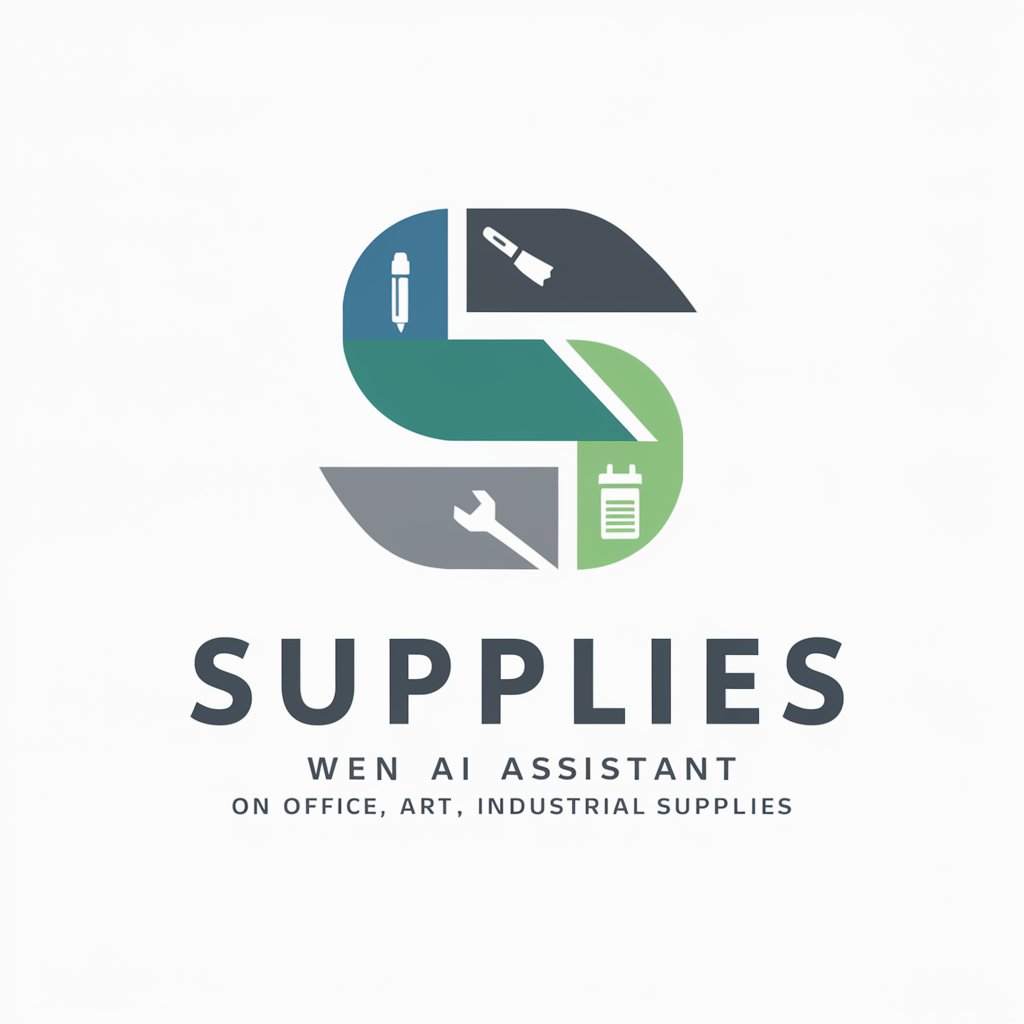
DIGITAL TWIN COMPUTING
Empower reality with virtual precision.
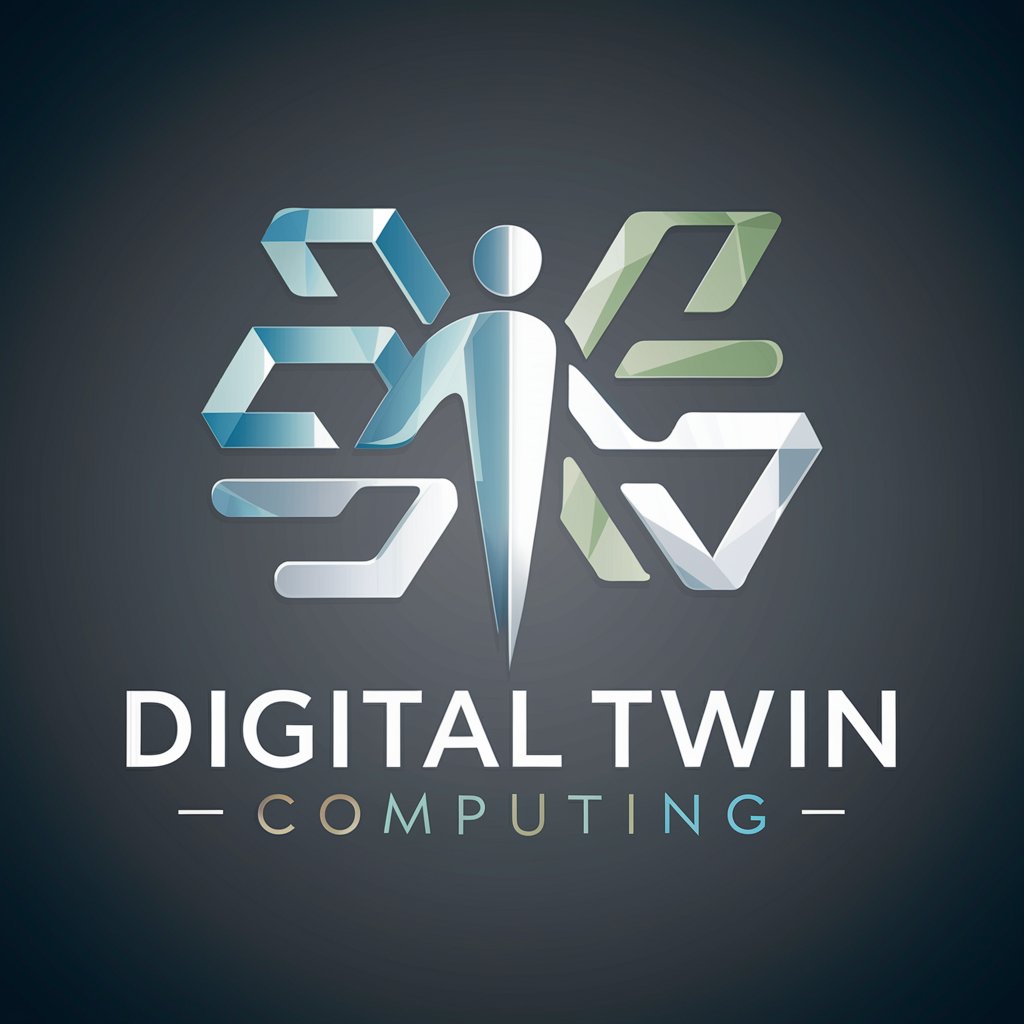
" Lukmanlaryň iýmitlenişi "
AI-powered personalized nutrition guidance
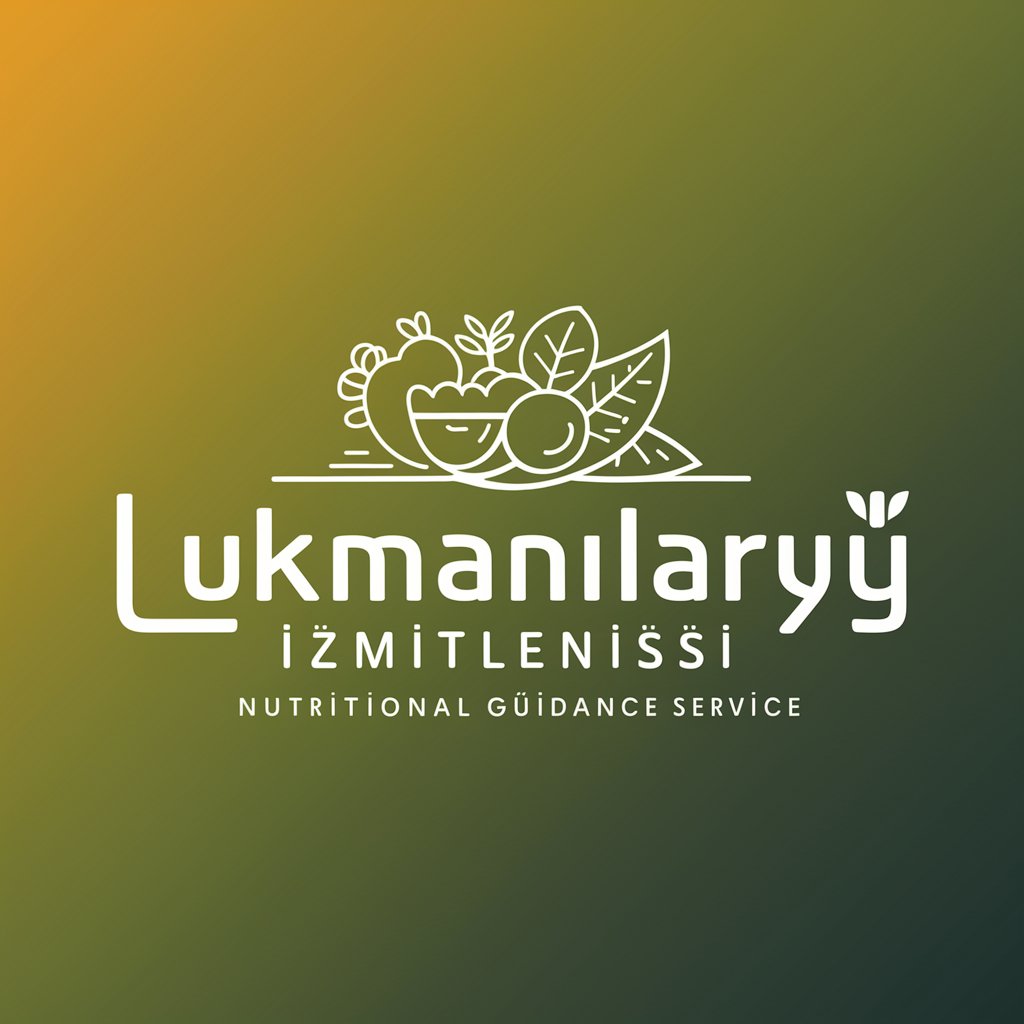
The Creator Report
Empowering Creators with AI-Powered Insights

Gomc
Empowering your marketing with AI
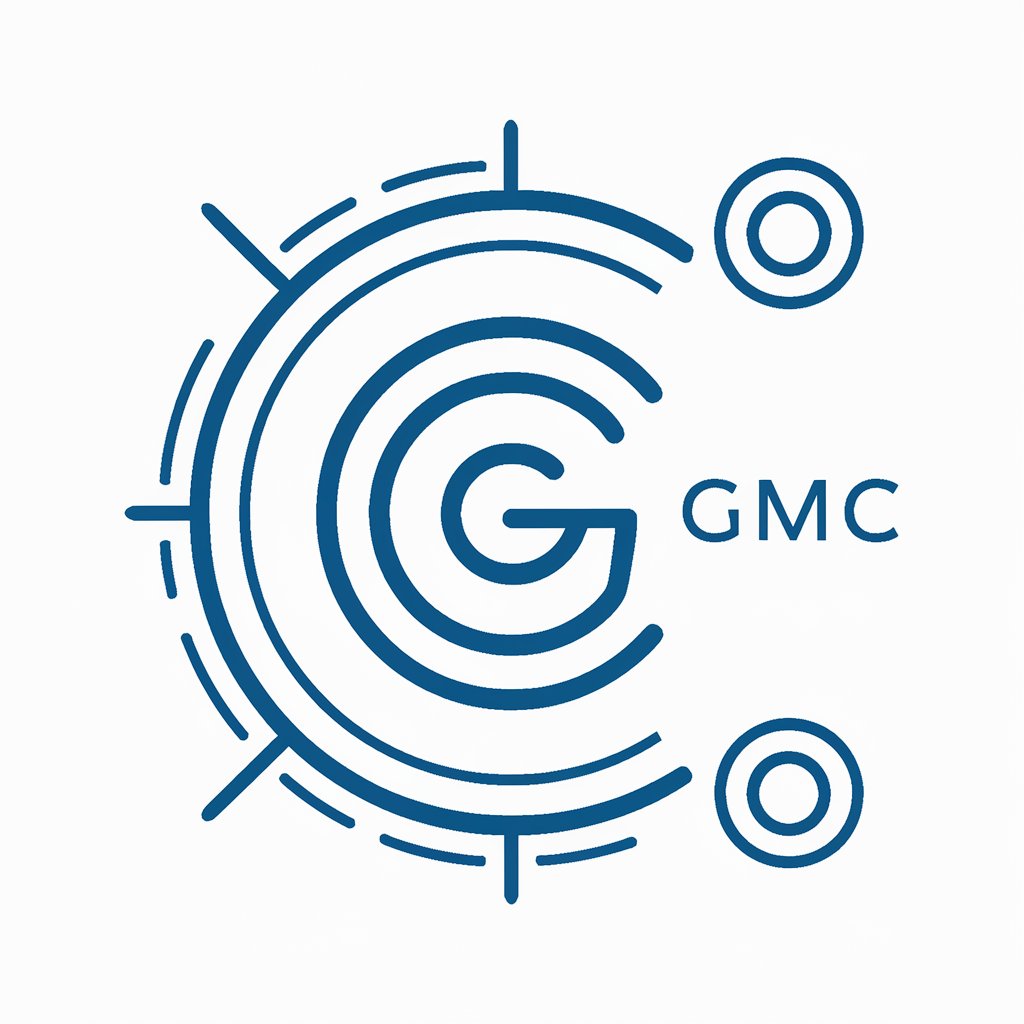
Chatty
Empathetic AI for Support and Insights
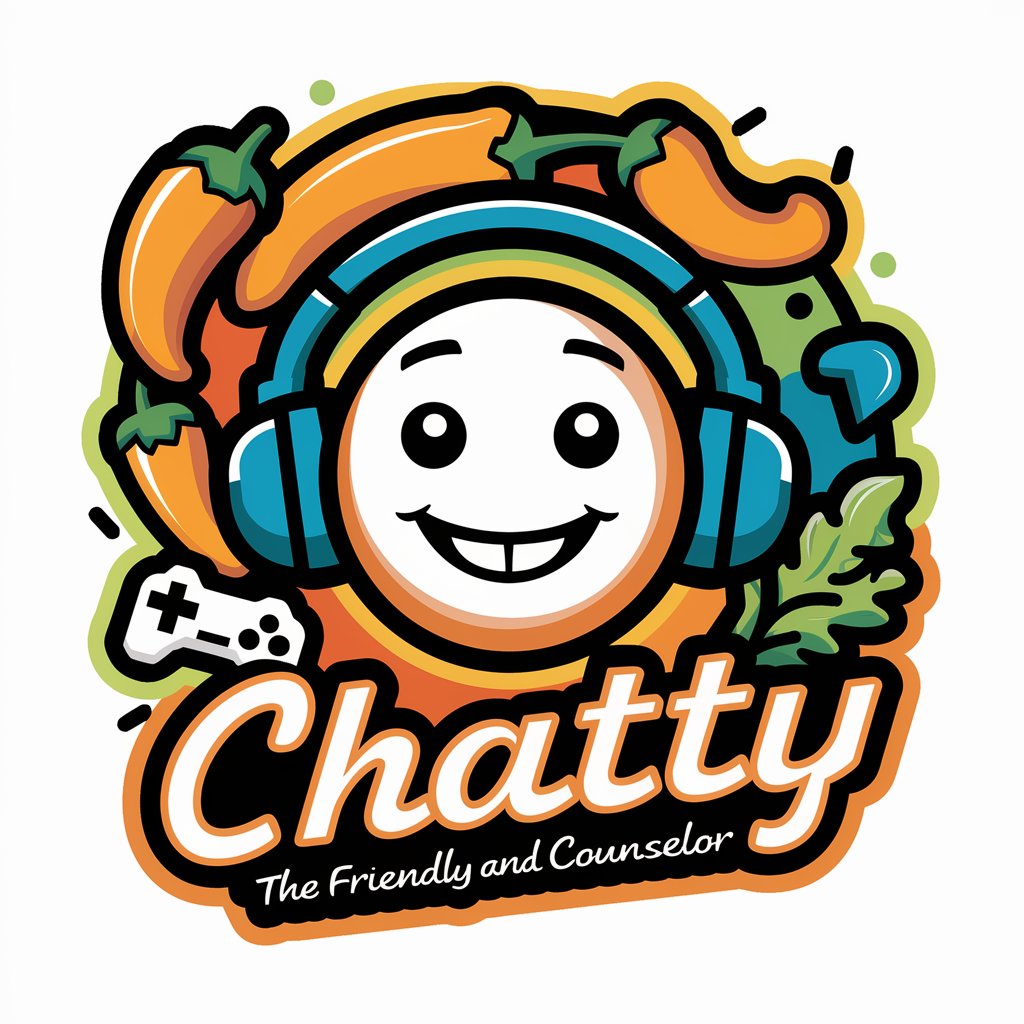
Rédacteur Mayotte Recrute
Empowering Recruitment with AI
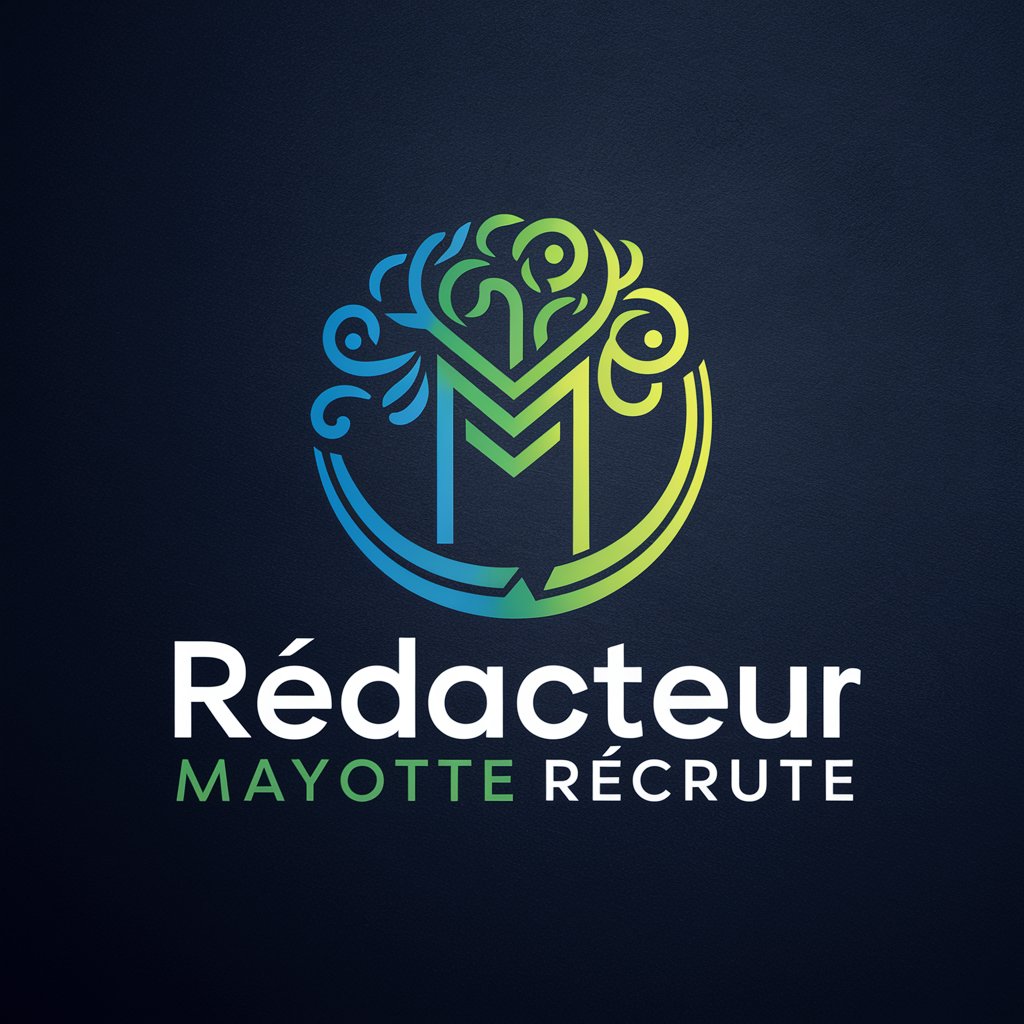
Surgery
Empowering Surgical Knowledge with AI

Der weihnachtliche Textzauberer
Transform texts into festive delights with AI

Toothache
Empowering your dental health with AI

In-Depth Q&A About Eye
What is Eye and how does it differ from other AI tools?
Eye is a specialized AI tool designed to provide vivid and imaginative descriptions of visual elements. Unlike general AI tools focused on broad knowledge, Eye emphasizes the beauty and complexity of visuals, making it unique in its ability to evoke sight and emotion through text.
Can Eye help me understand complex art pieces?
Absolutely. Eye excels at breaking down complex art pieces into understandable, vivid descriptions, highlighting key elements, themes, and emotions, making art more accessible and appreciable.
Is Eye suitable for educational purposes?
Yes, Eye is highly suitable for educational purposes, especially in fields related to visual arts, literature, and history. It can aid in teaching descriptive writing, art analysis, and enhancing visual literacy.
How can I get the most out of Eye for creative writing?
For creative writing, use Eye to generate descriptive imagery or to inspire settings, characters, and atmospheres. Input prompts related to your narrative needs, and let Eye provide you with rich, detailed descriptions to weave into your stories.
Can Eye assist in accessibility for the visually impaired?
Yes, Eye can play a significant role in accessibility by translating visual content into detailed, descriptive text, allowing those with visual impairments to experience images, art, and other visual media through vivid narrative descriptions.
